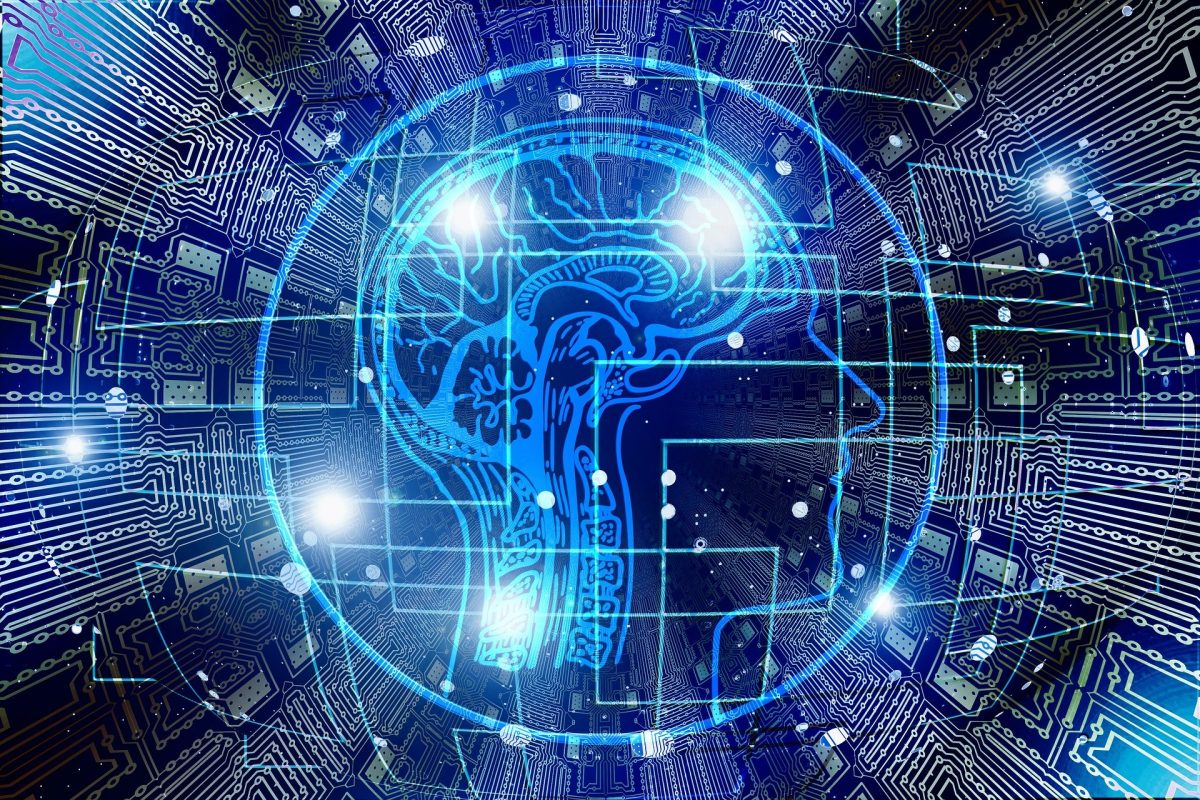Feeding Your Brain a Diverse Diet
2/10/21 / Beth Mulligan

Your brain is constantly crunching data that it receives through your senses – what you see, hear, smell, taste, and feel. And your brain is constantly trying to organize that data so you can use it to make predictions about the world and decisions about what to do. It is using the data you feed it to figure out what’s safe to eat, where you can find food, who you can ask for help, etc. Your brain is trying to understand the norms and rules in your environment based on this input, and your brain’s ideas about what is “normal” or what “works” are based on the patterns it can pull out of your data (i.e., your experiences). The more comprehensive your dataset, the more accurate your understanding, and the more reliable your predictions about the world will be.
Like many things, your brain’s best traits are also its worst traits. Its ability to find patterns in data is the same ability that leads it to stereotype. Part of the problem is that your brain does not know everything – it only has access to the limited information you feed it. Your brain’s predictions are only as good as your narrow band of lived experience. You may have heard various database systems described as “garbage in, garbage out”. This is true for your brain’s database, too. If you eat the same oatmeal every day for breakfast, your brain only knows about oatmeal. Then, when you try to give it eggs benedict, its instinct is going to be to reject those eggs – yuck – because new things might be poison. So, it wants you to proceed with caution. Just like when you want to introduce a new food to your child, you just have to try something a few times to learn that it is safe and make it familiar – familiarity breeds liking. Pretty soon, the new thing becomes the new normal and you find that you like things you thought you didn’t like. Also, with so much oatmeal experience, your brain can detect all the differences between different types of oatmeal: baked oatmeal, overnight oats, steel cut oatmeal, etc. But with only limited experience with eggs, your brain will see all eggs as essentially the same substance.
Similarly, if you only interact with people who are like you – your same race or your same religion or your same political leaning –your brain’s instinct is going to be to assume danger and to proceed with caution when you encounter someone different. Additionally, while your brain will have enough experience with people in your own group to know that people of your same race, religion, etc. differ in many ways, it will not be able to see those differences within other groups of people with which it has had limited experience. Even worse, sometimes your brain will try to work with whatever limited data it has. If the only thing you know about a topic is one thing you heard from your neighbor one time, your brain is going to try to use that anecdote to estimate what is true all the time. It is going to say, “well, the only thing I know about Canadians is that my sister-in-law got into a car accident with a Canadian one time, and she says they’re all terrible drivers. I don’t want that to happen to me, so I’m going to try to avoid them on the road.” The problem is, your brain does not know about Canadian driving records overall, so, instead, it makes a flawed prediction based on limited data.
The good news is that it is pretty easy to feed your brain more data. Certainly, you can get to know different kinds of people by joining clubs, volunteering, traveling, etc. But you can also get to know different kinds of people by reading books, watching movies or TV, and listening to podcasts. Your brain counts everything as data. The important thing is to give your brain as much variety as you can. Again, the more you know, the better your dataset will be, and the better the decisions and predictions you can make from it will be. There are other implications of having a higher quality dataset in your head, too. In addition to not drawing problematic conclusions about others, it also increases your empathy to know more about more kinds of people – it makes you better able to put yourself in other people’s shoes. For example, as a White woman, all of my interactions with police over the years have been benign, or even pleasant. Even when they are pulling me over for having a headlight out or speeding, they are typically courteous, or even nice to me. So, based on only my limited experience, I am going to conclude that police officers treat everyone politely when pulling them over or interacting with them. But I have also to talked to friends of other races about their experiences, and I’ve read news and research papers, as well as watched TV shows and movies about Black characters, and I know that, often, people who are different from me have much less positive experiences. With all that data, my brain knows that the police do not always treat everyone else the way they treat me, which is not fair.
A good first step to reducing our brain’s biases and improving our judgments of each other is for each of us as individuals to diversify our brains’ diets as much as we can to help to help retrain our brains on what’s “normal” and what to “expect” from others. Personal reflection and implicit bias training can be helpful, too, but those strategies are designed to change the results of our rational (slow, or “system 2”) judgments. To change our automatic judgments (what we call our intuition, or “system 1” judgments) and behaviors– the ones that happen fast when we find ourselves in stressful environments–we have to update our statistical input. I am only half-joking when I suggest an easy place to start is to binge watch Hallmark’s interracial holiday movies.
After that you can switch on your rational brain and find ways to start addressing the systemic issues, like policies and practices, that foster inequities.
